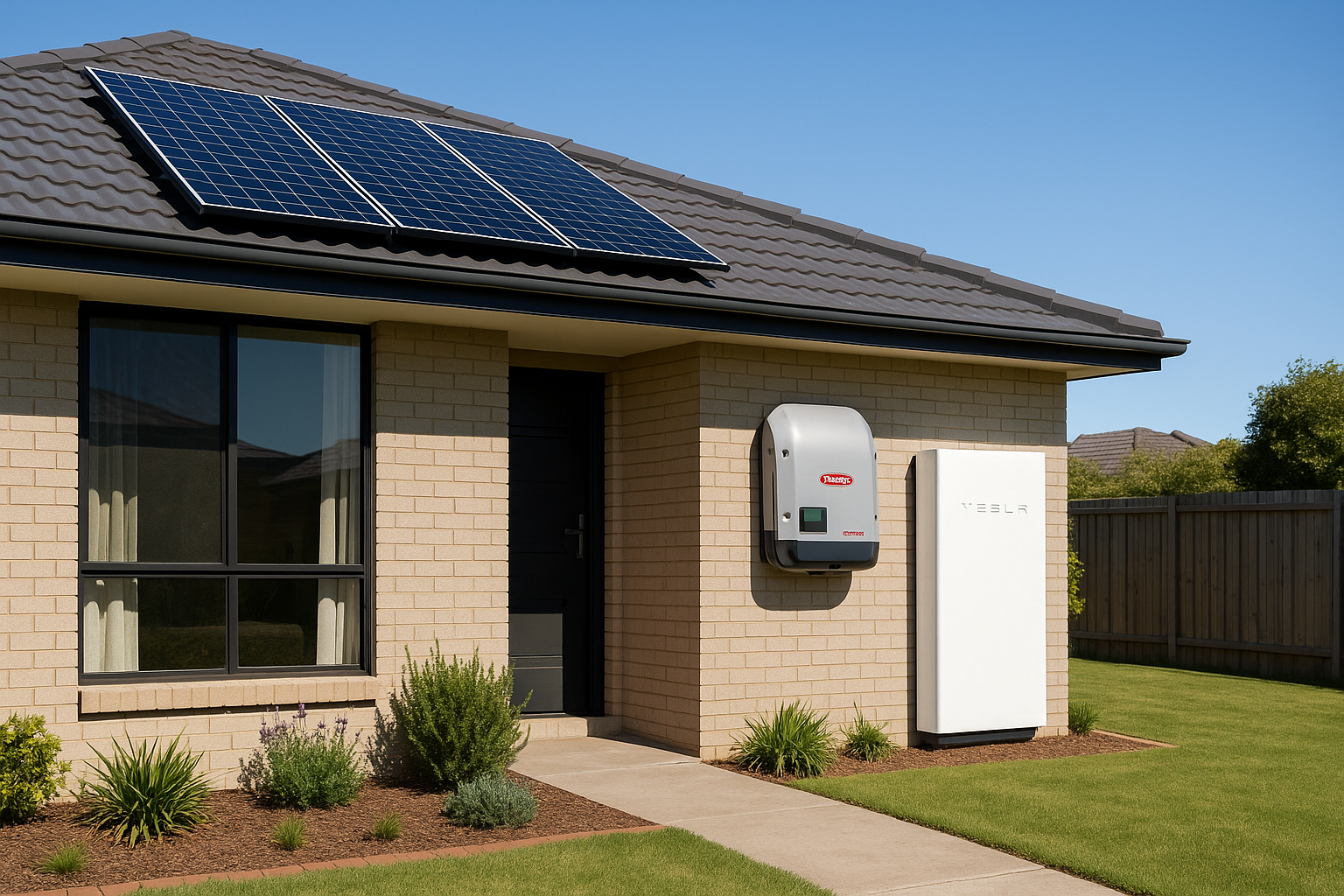Smart technology is reshaping how Australians live — and now it’s transforming how we use solar energy. In 2026, smart homes and solar systems work hand in hand to reduce bills, increase energy efficiency, and make everyday life more convenient.
Whether you already have rooftop panels or you’re planning to install them soon, integrating smart devices can help you use more of your solar power directly, reducing grid reliance and improving your return on investment.
Here’s how you can easily combine smart technology with your solar system for maximum efficiency at home.
1. Understanding the Power of Smart Solar Integration
Traditionally, most homeowners exported excess solar energy to the grid during the day and bought power back at night. However, with smart devices and automation, you can now use that power in real time — when it’s free.
Smart energy systems automatically detect when your panels are producing excess energy and redirect it to power your appliances, charge your EV, or store it in your battery. As a result, less energy is wasted, and you save more money every month.
Moreover, modern energy management systems connect your solar, inverter, and smart devices through Wi-Fi or IoT networks, giving you full control from your smartphone.
2. Smart Appliances That Work With Solar
The easiest way to combine smart technology with solar is through connected home appliances. These devices can be scheduled or automatically triggered to run when solar production peaks.
Examples include:
- Smart washing machines and dishwashers: run automatically when excess solar is available.
- Smart water heaters: store hot water during sunny hours for use later.
- Smart thermostats: adjust heating or cooling based on available solar energy.
- EV chargers: charge your car using solar energy instead of grid electricity.
By letting smart devices “communicate” with your solar system, you’ll make every watt of solar energy count.
3. Use Smart Energy Management Systems
Smart energy management systems act as your home’s energy brain. They connect your solar inverter, battery, and appliances, then optimise when and how energy is used.
These systems can:
- Prioritise solar use before drawing from the grid
- Shift loads automatically during high generation times
- Show real-time energy use via dashboards or mobile apps
A great resource for exploring energy management tools is the Energy.gov.au – Smart Energy Management section, which provides up-to-date guidance on how smart technology supports Australia’s renewable energy goals.
Tip: Look for systems compatible with your inverter brand (e.g., Fronius, Sungrow, or SolarEdge) for seamless integration.
4. Add a Smart Battery for Maximum Control
Batteries have become smarter, smaller, and more affordable. When paired with an intelligent energy management platform, a smart battery can automatically store or release energy based on your consumption habits.
For example, your battery might:
- Store energy during sunny hours
- Discharge power when electricity prices spike
- Reserve energy for night-time or blackout use
This level of automation helps you use up to 90% of your own solar power, dramatically reducing your dependence on the grid.
Furthermore, if your battery supports virtual power plant (VPP) participation, you can even earn credits by sharing stored energy during peak demand times.
5. Sync With Smart Meters and Tariff Plans
Combining your solar system with a smart meter can unlock new ways to save. Smart meters record energy flows in real time, allowing you to track usage patterns and fine-tune appliance operation schedules.
Because of this, many Australians now switch to time-of-use tariffs, paying less for electricity during off-peak hours. With automation, your home can shift high-energy tasks — like charging an EV — to cheaper time slots, all while maximising solar generation.
6. Automate Your Home for Complete Solar Efficiency
Home automation platforms such as Google Home, Amazon Alexa, or Home Assistant can integrate with solar monitoring systems. You can automate everything from lighting to air conditioning based on solar availability.
For example:
- When solar production is high, your home automatically pre-cools rooms.
- When clouds reduce output, non-essential devices pause automatically.
This ensures your system continuously balances comfort, energy use, and cost savings — without you lifting a finger.
7. Monitor, Analyse, and Adjust
Finally, combining solar with smart technology only works well when you review your data regularly. Most smart energy systems display:
- Daily and monthly energy generation
- Grid import/export levels
- Battery charge and discharge cycles
By analysing this data, you can adjust schedules, upgrade your setup, and catch inefficiencies before they impact your savings.
Pro Tip: If your current system doesn’t include smart monitoring, request an upgrade quote from verified professionals:
Request Solar Quotes
Final Takeaway
Smart devices are the missing piece that makes your solar system truly efficient. When combined effectively, they allow you to automate your energy use, reduce waste, and enjoy maximum solar savings.
Start by upgrading your appliances and adding an intelligent energy management system. Then, connect your inverter, battery, and home network for full control.
For guidance on which smart-compatible solar systems work best in Australia, visit Energy.gov.au — and when you’re ready to install or upgrade, compare trusted quotes at: Request Solar Quotes
Together, these tools help you turn your home into a smart solar powerhouse in 2026 and beyond.

